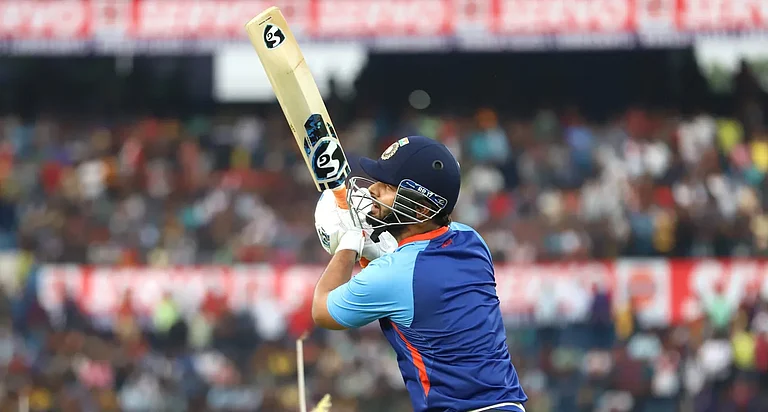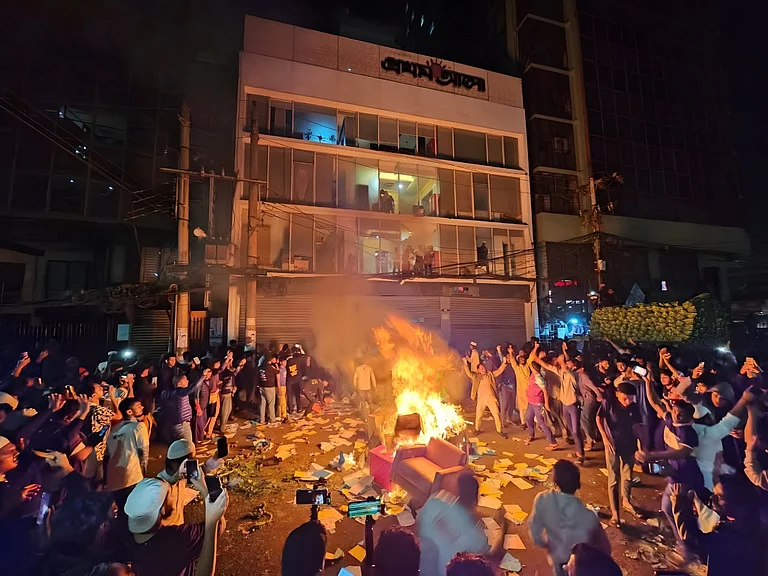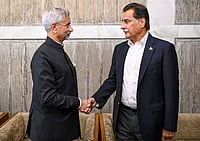Dhaka was a naturally protected stronghold, with rivers Ganga and Jamuna (Brahmaputra), which combine to form the Padma, on the west, Meghna on the east, and approaches from the north guarded by the Jamuna and some of its distributaries. The shortest approaches were from the west through W. Bengal and east through Tripura.
Pakistan’s plan was to block India’s advance by occupying forward defences along the border, and ‘fortress defences’ at the communication centres. The intent was to impose sufficient delay on the Indian forces for international pressure to build up, compelling India to accept a ceasefire.
ALSO READ: And Thus A Desh Was Born
Pakistan deployed 9 Infantry Division to defend the western approach, while 14 Infantry Division and 39 (Ad Hoc) Division defended the eastern approach. The northern approach through Meghalaya was considered low priority, and defended by less than a brigade.
General Amir Abdullah Khan Niazi, Commander of the Eastern Military High Command of Pakistan, recounts, “The tasks given to the commanders by me were not only to repel enemy attacks but also to lure them on to strong positions and tie them down there, thus keeping them away from each other and away from Dhaka, and in the process inflict casualties on them.”

India deployed three corps, comprising seven divisions, 101 Communication Zone and the Para Brigade. The naval force comprised the aircraft carrier INS Vikrant, two gunships, two anti-submarine vessels, one submarine, one destroyer, three landing ships, one tanker, one seaward defence boat, and three patrol craft. The IAF deployed 10 fighter squadrons and one bomber squadron, as well as transport aircraft.
ALSO READ: How The West Was Won
Mukti Bahini was a major force multiplier, generating intelligence and psychologically degrading the enemy.
India bypassed the fortified approaches, cut off communication centres and lines and increased the tempo of its operations by undertaking airborne and heliborne operations. Indian forces penetrated 200 km, neutralising the enemy’s defences, capturing positions and hardware, and closed in on Dhaka from three directions. Overwhelmed by the speed of the offensive and surrounded by Indian forces, Niazi had to surrender with 93,000 troops and officers.
ALSO READ


























